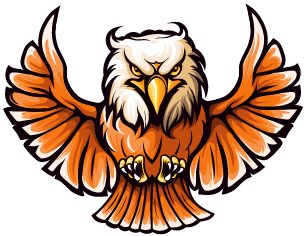The Rock Sparrow: A Comprehensive Study of Petronia
Introduction
The Stone Sparrow (petronia) is a fascinating bird creature classes that twists in the extreme scenes of Europe, the Middle East, and Central Asia. Its outstanding varieties to harsh and semi-metropolitan circumstances make it an enamoring subject for ornithologists, scholars, and bird darlings. This article plunges significantly into the science, lead, living space, and insurance of the Stone Sparrow, giving an expansive layout of this flexible species.
1. Taxonomic Classification
1.1 Consistent Request
The Stone Sparrow has a spot with the family Passeridae, which incorporates minimal passerine birds consistently known as sparrows. Its legitimate name, petronia, mirrors its stone dwelling affinities, got from the Latin word “petra,” connoting “rock.” Inside the Passeridae family, the Stone Sparrow is ordered under the sort Petronia, which consolidates other stone dwelling sparrows.
1.2 Formative History
Understanding the formative history of the Stone Sparrow gives pieces of information into its continuous varieties. The class Petronia created to exploit unpleasant and semi-dried living spaces, a specialty that has shaped its morphology and lead. The formative strain to conform to these circumstances has incited the Stone Sparrow’s particular settling and dealing with approaches to acting.

Understanding the formative history of the Stone Sparrow gives pieces of information into its consistent combinations. The class Petronia made to exploit horrendous and semi-dried living spaces, a specialty that has formed its morphology and lead. The formative strain to conform to these circumstances has instigated the Stone Sparrow’s particular settling and overseeing ways of managing acting.
2. Real Ascribes
2.1 Size and Plumage
Rock Sparrows are little birds, assessing around 14-16 cm long. They show sexual dimorphism, with folks generally more striking than females. The male Stone Sparrow is portrayed by its undeniable dull throat and eye-stripe, veering from its pale grayish-natural hued body. Females, while less powerful, share practically identical basic features yet with extra muted assortments.
2.2 Morphological Varieties
The Stone Sparrow’s morphology is hand crafted to its harsh normal environmental factors. Its weighty body and short tail are adapted to moving among rocks and opening. Its strong legs and feet are fitting for perching on disproportionate surfaces, while its bill is adequately good to manage a contrasted diet of seeds and bugs.
3. Domain and Reach
3.1 Geographic Scattering
The Stone Sparrow’s compass loosens up from the Mediterranean area through the Middle East and into Central Asia. This wide scattering is a show of its flexibility to different harsh and semi-completely dry circumstances. The bird’s presence in such changed regions includes its natural versatility.
3.2 Leaned toward Conditions
Rock Sparrows favor harsh outcrops, barbed inclines, and, shockingly, man-made structures like old remnants and designs. These domains give food as well as essential settling regions. The harsh region offers affirmation from trackers and savage air conditions, making it an ideal environment for the Stone Sparrow.
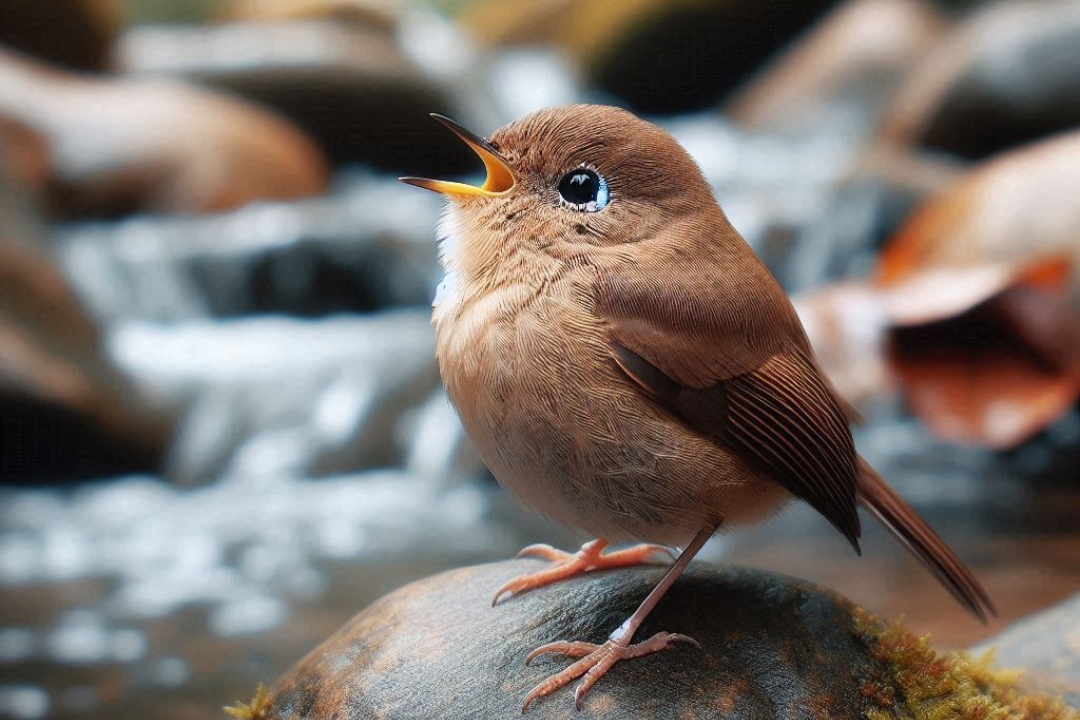
Rock Sparrows favor fierce outcrops, spiked inclines, and, extraordinarily, man-made structures like old remnants and plans. These spaces give food as well as principal settling districts. The awful locale offers verification from trackers and savage cools, making it an ideal environment for the Stone Sparrow.
4. Lead and Nature
4.1 Dealing with Penchants
The eating routine of the Stone Sparrow generally contains seeds, but it similarly integrates bugs and other minimal gutless animals. This omnivorous eating routine allows the Stone Sparrow to thrive in various circumstances where food sources might be confined or periodic. The bird’s rummaging conduct incorporates glancing through both on the ground and in harsh parted.
4.2 Social Development
Rock Sparrows are social birds that oftentimes structure pretty much nothing, free surges. These crowds are usually family social events or individuals from past raising seasons. Social associations inside the gathering consolidate an extent of localizations used for correspondence, staying aware of association, and hailing alert.
4.3 Correspondence and Localizations
The Stone Sparrow’s vocal assortment consolidates different calls used for different purposes. These consolidate contact calls, alert calls, and local localizations. The multifaceted nature of these calls is definite of the bird’s need to give inside its unpleasant living space.

The Stone Sparrow’s vocal blend joins different calls used for different purposes. These consolidation contact calls, prepared calls, and close by centralizations. The different thought of these calls is particular of the bird’s need to give inside its bothersome living space.
5. Augmentation and Settling
5.1 Raising Season
The raising season for Rock Sparrows regularly begins in pre-summer or pre-summer. Folks take part in multifaceted show flights and localizations to attract females and spread out space. These grandstands are urgent for both mate interest and territorial insurance.
5.2 Settling Objections and Advancement
Rock Sparrows are gifted at involving customary and man-made structures for settling. They create their homes in rock separated, old designs, and other safeguarded objections. The homes are worked with different materials, including grasses, plumes, and plant strands, to give assurance and protection to the eggs.
5.3 Parental Thought
The two gatekeepers are related with raising the energetic. The female broods the eggs while the male watches the locale and gives food. Ensuing to brooding, the two watchmen feed the chicks, which fledge inside a portion of a month. This pleasing raising framework constructs the potential outcomes of chick perseverance.

The two guards are associated with raising the energetic. The female broods the eggs while the male watches the area and gives food. Coming about to anguishing, the two guards feed the chicks, which fledge inside a piece of a month. This fantastic raising framework fosters the potential consequences of chick enthusiasm.
6. Changes and Strategies for making due
6.1 Change to Harsh Circumstances
The Stone Sparrow’s changes to harsh circumstances consolidate its genuine structure, settling behavior, and dealing with frameworks. Its ability to scavenge in harsh separated and build homes in difficult to-show up at regions exemplifies its formative varieties to a troublesome regular environmental factors.
6.2 Adjusting to Climate Changeability
Rock Sparrows are solid to climate vacillation, which is reflected in their fleeting approach to acting and periodic varieties. In specific regions, they show mostly short lived penchants, moving to extra great conditions during merciless environment periods.
7. Coordinated effort with Individuals
7.1 Impact of Urbanisation
Urbanisation and the destruction of old designs and unpleasant conditions can impact Rock Sparrow masses. As customary and man-made settling regions are lost, Rock Sparrows could go up against extended challenge for sensible settling regions.
7.2 Security Tries
Protection tries highlighted saving the Stone Sparrow’s living space consolidate defending normal harsh outcrops and propelling the upkeep of old designs that can go about as settling objections. Neighborhood and care are fundamental in supporting these conservation drives.
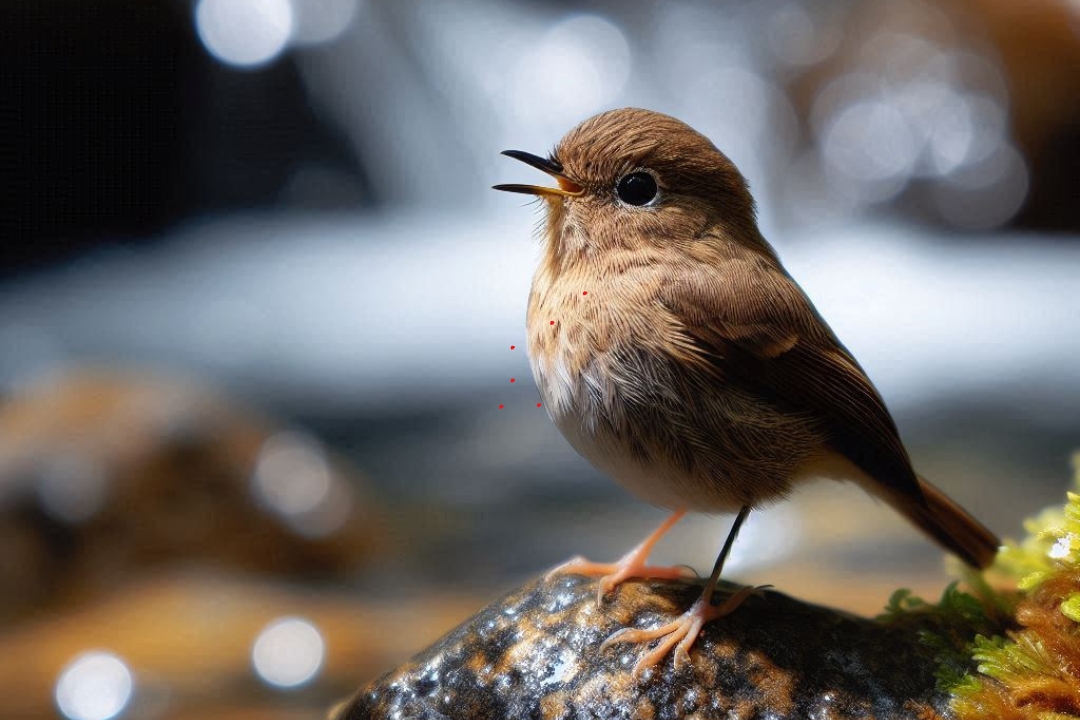
Protection endeavors highlighted saving the Stone Sparrow’s living space join safeguarding commonplace merciless outcrops and inciting the upkeep of old plans that can go about as settling fights. Neighborhood and care are fundamental in supporting these safeguarding drives.
8. Conservation Status
8.1 Current Status
The Stone Sparrow is at this point designated Least Concern by the Worldwide Relationship for Protection of Nature (IUCN). Its unlimited transport and flexible nature add to its consistent people status.
8.2 Potential Risks
Notwithstanding its consistent status, the Stone Sparrow faces potential risks from normal environmental factors obliteration, natural change, and human encroachment. Noticing people floats and executing living space safeguarding measures are key for ensuring the long perseverance of the species.
Despite its strong status, the Stone Sparrow faces probably gambles from ordinary regular elements destruction, common change, and human infringement. Seeing individuals floats and executing living space protecting measures are key for guaranteeing the long courageousness of the species.
9. Investigation and Studies
9.1 Key Assessments
A couple of key examinations have added to how we could decipher the Stone Sparrow’s approach to acting, nature, and security needs. Research on its localizations, recreating science, and region use gives significant encounters into its life history and strategies for making due.
A few key evaluations have added to how we could disentangle the Stone Sparrow’s method for managing acting, nature, and security needs. Research on its limitations, imitating science, and area use gives basic encounters into its life history and approaches for making due.
9.2 Future Investigation Headings
Future assessment could focus in on the impacts of ecological change on Rock Sparrow peoples, as well as the effects of regular environmental factors break and urbanizations. Understanding these components will assist in making effective assurance frameworks and managing the species’ regular environmental factors.
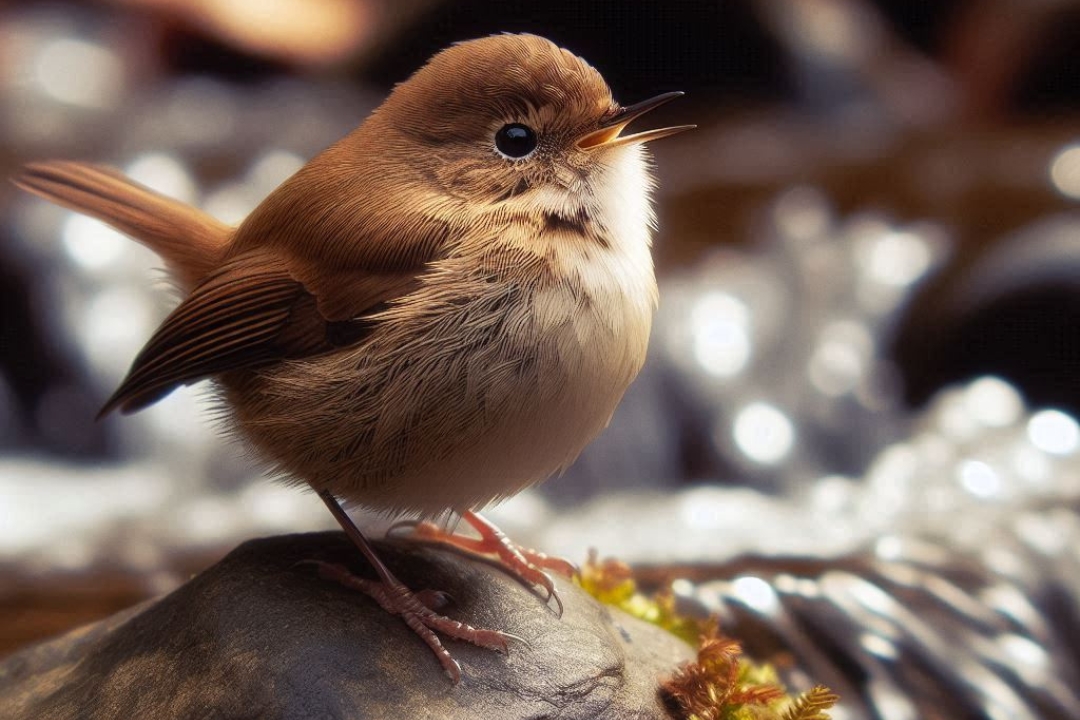
Future assessment could focus in on the impacts of regular change on Rock Sparrow social classes, as well as the effects of conventional environmental factors break and urbanization. Understanding these parts will assist with making effective attestation designs and managing the species’ conventional biological factors.
10. Seeing the Stone Sparrow
10.1 Field Guide for Birdwatchers
For birdwatchers enthused about seeing Stone Sparrows, the best system is to visit unpleasant and semi-dried living spaces inside their span. Seeing their settling behavior and vocalizations can give a more significant excitement for their regular work and varieties.
For birdwatchers enthused about seeing Stone Sparrows, the best system is to visit unpleasant and semi-dried living spaces inside their reach. Seeing their settling behavior and vocalizations can give a more colossal intensity for their customary work and groupings.
10.2 Moral Birdwatching Practices
Moral birdwatching practices incorporate restricting disrupting impact to settling areas and in regards to the normal approach to acting of the birds. Ensuring that insights don’t antagonistically influence the Stone Sparrow’s region or raising accomplishment is earnest for careful birdwatching.
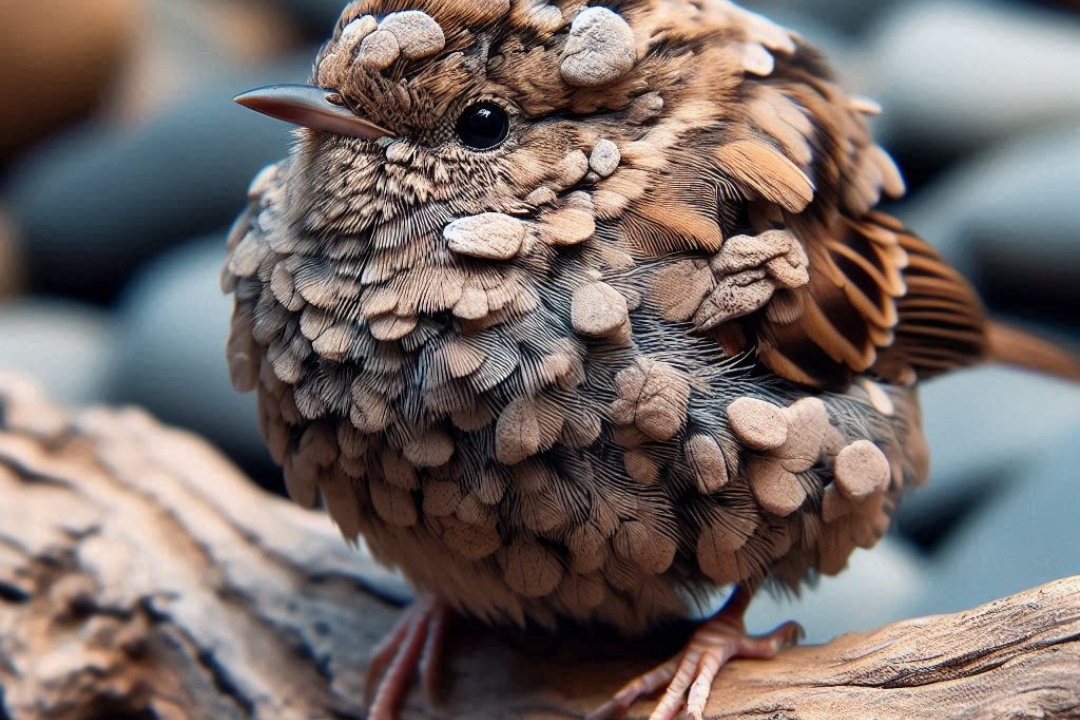
Moral birdwatching practices solidify keeping upsetting impact on settling districts and concerning the standard method for managing acting of the birds. Ensuring that encounters don’t unjustifiably influence the Stone Sparrow’s region or raising accomplishment is earnest for wary birdwatching.
11. Conclusion
The Stone Sparrow, with its essential varieties and adaptability, offers a spellbinding report in avian science and nature. Its ability to prosper in unpleasant and semi-dry circumstances includes the diserse association among regular life and their domains. As we continue to study and shield this species, we gain huge encounters into the greater components of conditions and the meaning of checking ordinary regular environmental elements.
The Stone Sparrow, with its basic combinations and adaptability, offers a spellbinding report in avian science and nature. Its ability to thrive in disturbing and semi-dry circumstances consolidates the diserse relationship among standard life and their regions. As we continue to study and safeguard this species, we gain huge encounters into the more unmistakable pieces of conditions and the meaning of really investigating normal standard biological parts.
12. References
A comprehensive overview of references would consolidate coherent journals, books, and protection reports associated with the Stone Sparrow. These sources give point by point information and support the disclosures analyzed in the article.
A careful blueprint of references would cement sound journals, books, and security reports related with the Stone Sparrow. These sources give point by point information and sponsorship the divulgences separated in the article.
FAQ
General Information
Q: What is a Stone Sparrow?
A: The Stone Sparrow (petronia) is a little passerine bird found in unpleasant and sloping regions. Known for its indisputable plumage and blissful calls, it is a piece of the sparrow family.
Q: Where could I anytime track down Rock-Sparrows?
A: Rock-Sparrows are neighborhood to Southern Europe, the Middle East, and segments of North Africa. They regularly have harsh outcrops, feigns, and dried or semi-completely dry locales.
Q: What does a Stone Sparrow look like?
A: Rock-Sparrows have serious areas of strength for a with a reasonably short tail. Their plumage is much of the time a mix of brown and faint with streaks, outfitting them with eminent cover against unpleasant establishments.
Lead and Domain
Q: What kind of region in all actuality do Shake Sparrows like?
A: Rock-Sparrows prosper in unpleasant regions, including cliffs, stone flung slants, and extreme scenes. They slant toward locales where they can without a very remarkable stretch track down separated for settling and looking.
Q: Are Rock-Sparrows transient?
A: No, Rock-Sparrows are overall tenant birds, meaning they stay an in their space throughout the year. In any case, their advancements can be impacted by means of periodic changes in food availability and barometrical circumstances.
Q: What really do Shake Sparrows eat?
A: Their eating routine fundamentally contains seeds, bugs, and minimal yellow animals. They search on the ground and in the unpleasant crevice where they can find their food.
Raising and Settling
Q: When do Shake Sparrows raise?
A: Raising season for Rock-Sparrows generally occurs from spring to late-spring. The particular timing can change dependent upon the area and biological conditions.
Q: Where do Shake Sparrows gather their homes?
A: Rock-Sparrows create their homes in safeguarded harsh gap or on edges. They use various materials, including grasses, plumes, and mud, to foster their homes.
Q: What number of eggs really do Shake Sparrows routinely lay?
A: A normal handle involves 4 to 6 eggs. The eggs are by and large pale or spotted, and the two watchmen share the commitment of bring forth them.
Assurance and Care
Q: Are Rock-Sparrows risked?
A: Rock-Sparrows are at present not considered imperiled. They have a consistent people and are not facing colossal risks. In any case, an area demolition and natural changes can influence their numbers.
Q: How should I attract Rock-Sparrows to my nursery?
A: To attract Rock-Sparrows, give a domain that consolidates harsh or gravelly districts, and arrangement bird feeders with seeds. Giving water sources and avoiding the use of pesticides can in like manner help.
Q: How should I help with protecting Stone Sparrows?
A: Supporting conservation tries that shield their normal regions is indispensable. Besides, showing others the meaning of saving harsh circumstances can help with ensuring that Rock-Sparrows continue to thrive.
Different
Q: Can Shake Sparrows be kept as pets?
A: Rock-Sparrows are wild birds and are not sensible to be kept as pets. They have unequivocal climate needs and approaches to acting that are trying to oblige in a local setting.
Q: How should I concentrate on Rock-Sparrows?
A: For additional information, you can direct birdwatching guides, join birdwatching clubs, or participate in online conversations gave to birding. Field guides expected for the region where Rock-Sparrows are found can similarly give critical encounters.
Table of Contents
